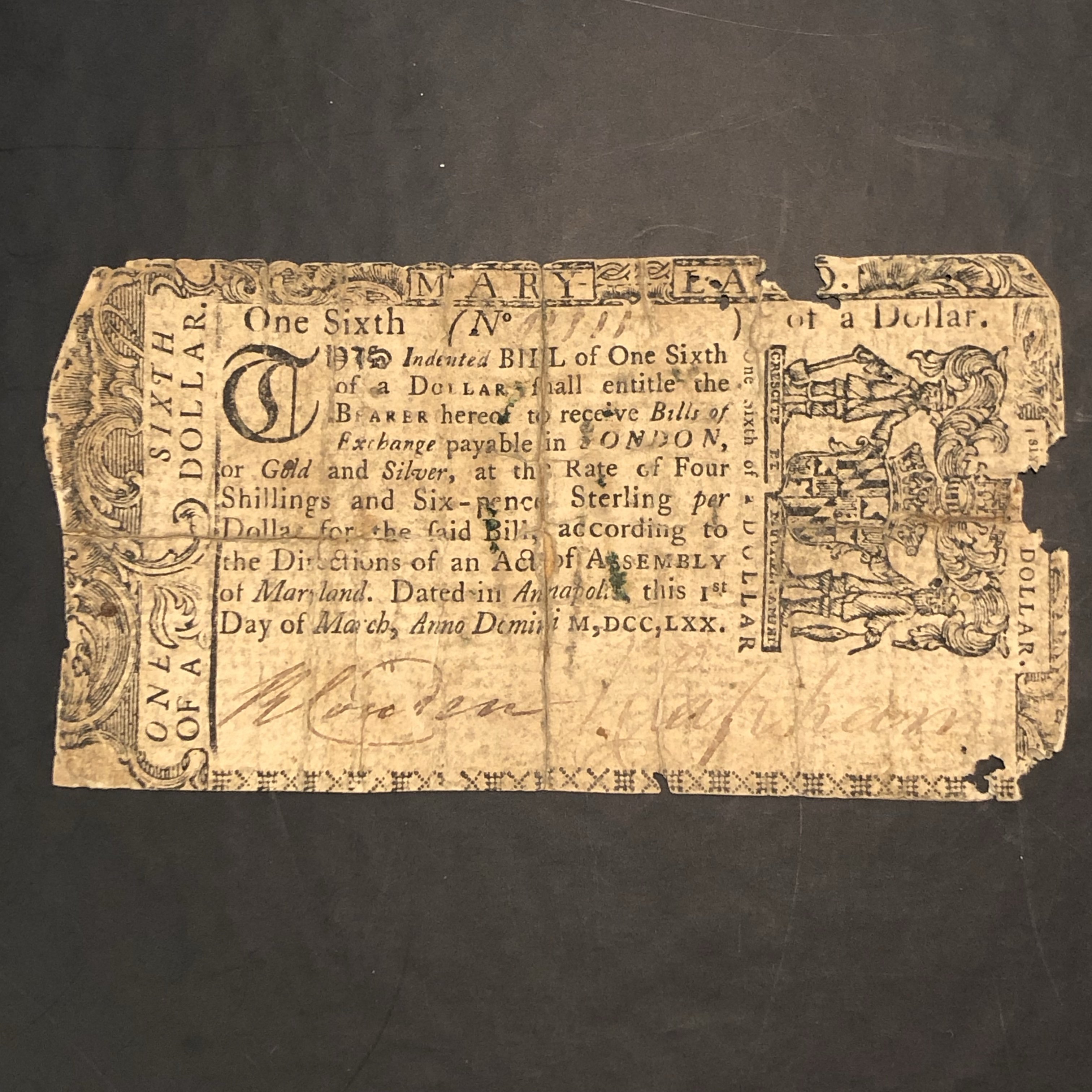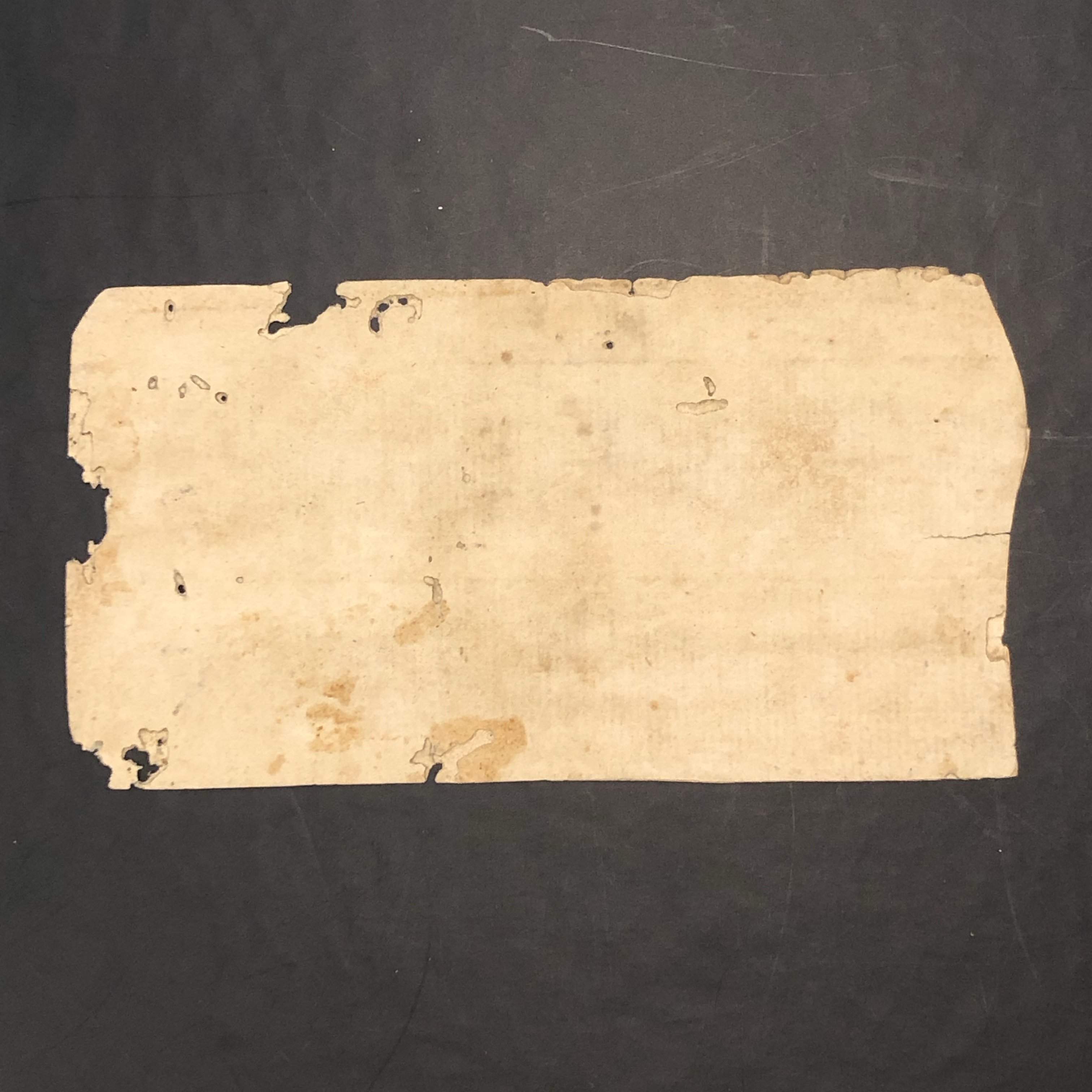1770 Maryland 1/6 Dollar note
I'd like to verify that a colonial note is genuine. From the obverse, it is a Maryland note dated March 1st 1770. The denomination is 1/6 Dollar. The reverse is blank. The paper stock is a bit thicker than regular currency paper. I see examples online where the reverse has a design and others where it is blank. Does anyone know if there was a release with a blank reverse? Is there any way to certify such a note?...


Thanks!
1
Comments
My copy of 'The Early Paper Money of America', E.P. Newman, 5th edition, only seems to note this issue with a back design with leaf/nature print, and not blank. At least if I am reading it correctly. However, based on looks, the face looks genuine to me. So I don't know!
Here are some examples of the same note with ... and without a reverse design...
https://www.ebay.com/itm/276664987870
https://www.ebay.com/itm/157003742007
https://www.ebay.com/itm/157122745256
I also see some reverse designs that appear to be post mintage.
Thanks for any guidance,
Jim
The signatures look good, and match the images that I can find. Fwiw, the photo in Newman has the same signatures as yours, but they are flipped left/right, so there is apparently some variation in this. I don't know what to think about the blank back. I do have a Pennsylvania note from this period that is thick, more like card than paper. Perhaps these can split apart? I am not familiar with these so I can't add any more expertise, but the face does look good as far as I can tell.
And fwiw, the commas in M,DCC,LXX were intentionally added as an anti-counterfeiting device, assuming that counterfeiters would skip this punctuation which was normally not used. Your note checks out on this as well
Wow, thanks for your keen observations on the obverse (obversations?).
I have also seen other denominations with a blank reverse. Some notes actually have crazy random imprints which might have been due to ink transfer from other stacked documents/notes. Yes, this note is on slightly thicker stock which appears to be layers. One remote possibility is the reverse top-most layer was somehow separated from the note. Seems unlikely but nevertheless a possibility over it's 250+ years in existence.
Based on your guidance and all accounts in evidence, I'm going to place my bets and declare the note very likely genuine. If it's ultimately declared a fake, I'm willing to make good on the bet of course.
Thanks again for your guidance and sharing your expertise!